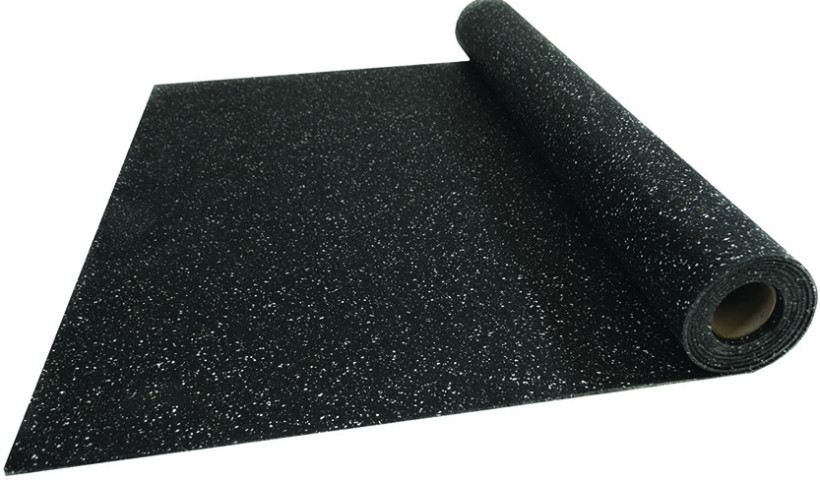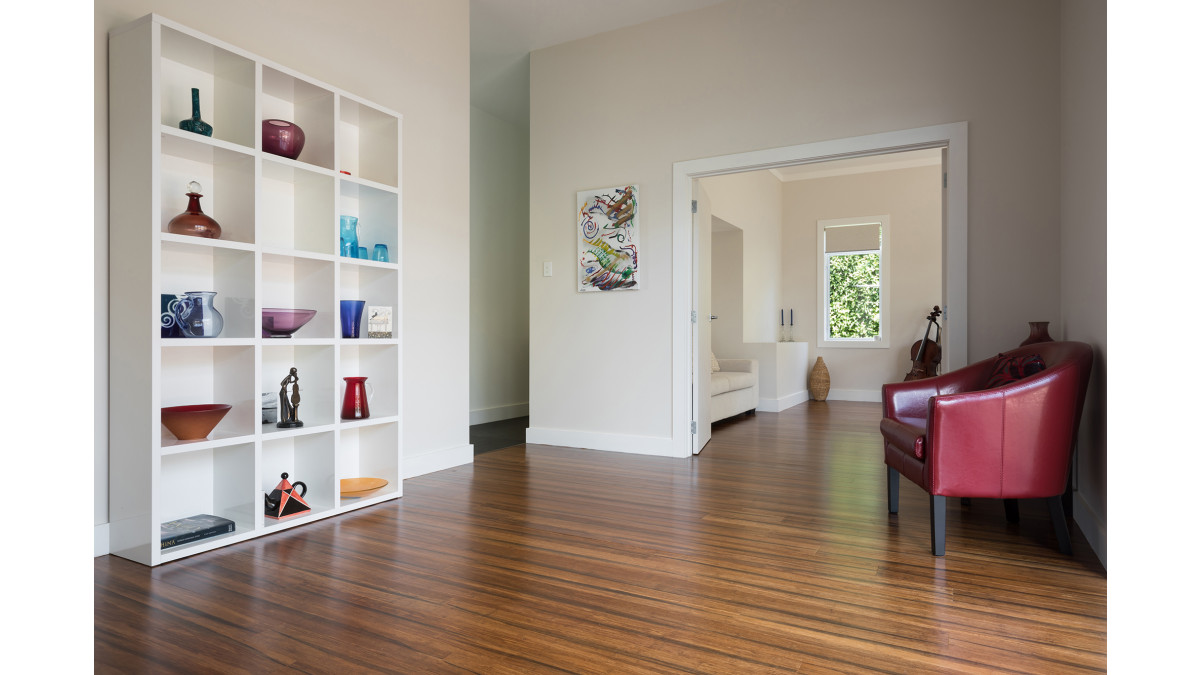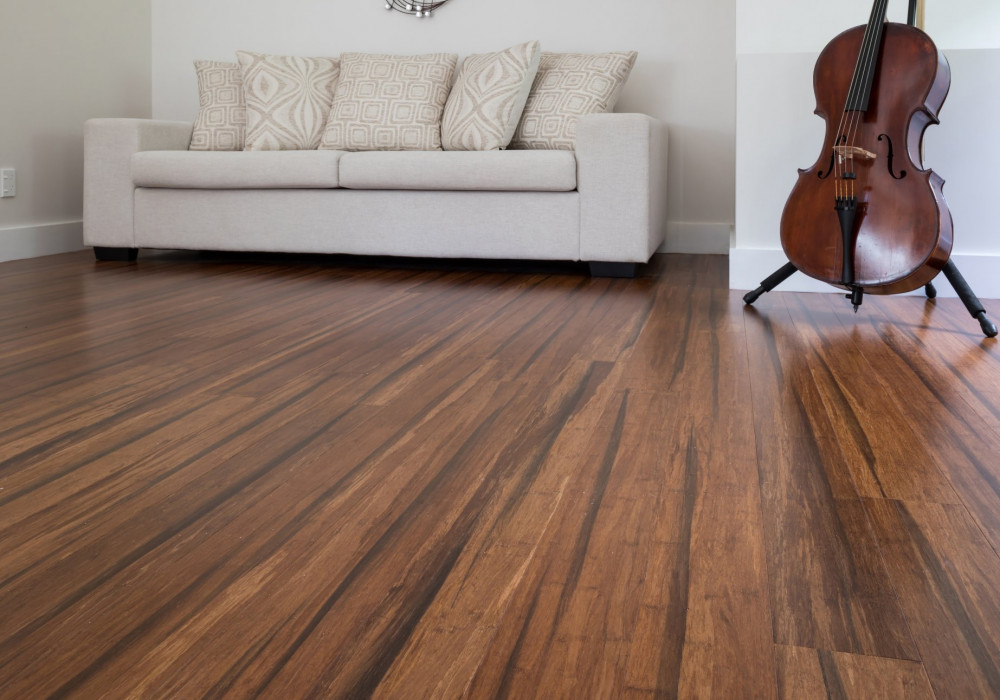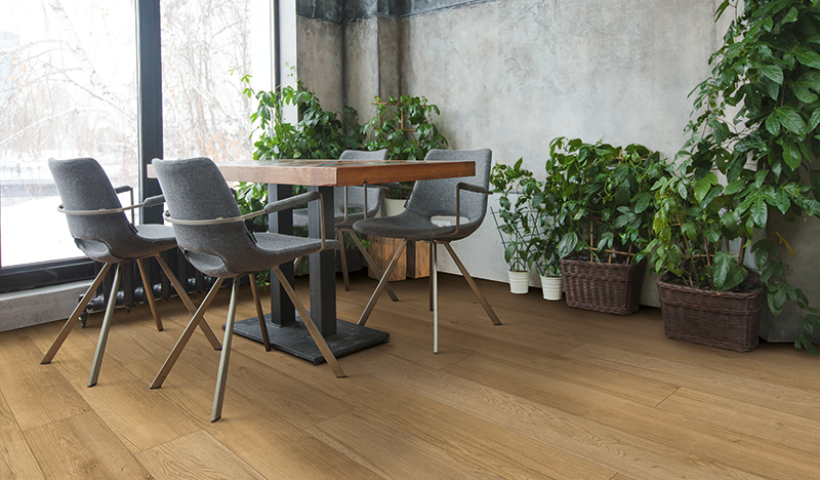
Bamboo flooring offers a naturally beautiful alternative to timber flooring. As a sustainable plantation-grown product, bamboo is environmentally-friendly. It is also durable and perfect for hypoallergenic indoor spaces.
Available in New Zealand through Woodland Lifestyle, Woodland Strandwoven Bamboo Flooring comprises Moso bamboo — one of the densest and hardest fibres of all the bamboo species, making it perfect for withstanding many years of foot traffic.
The pre-finish on the bamboo planks includes 12 topcoats of primer, anti-abrasion, UV filters and sealers. The resulting flooring requires no further finishing and tops compression tests compared to other floorings such as oak, jarrah and kwila. It also outperforms other bamboos and hardwood timbers in carbon dioxide absorption and oxygen production.
Hard-wearing
The bamboo is harvested after only five to six years. It is then compressed under high pressure to create beautiful flooring which is stable and yields high performance.
The Janka Rating tests the hardness of wood and measures the force required to embed an 11.28mm steel ball halfway of its diameter into the wood. This test determines the ability of the wood to withstand denting and wear. The higher the rating, the harder the wood, and Moso bamboo rates almost twice that of oak and jarrah.
Simple installation
Another benefit of bamboo flooring is the easy click locking installation system that provides a strong and simple floating floor while saving on time and costs.
A floating floor is always laid with an underlay to provide sound reduction, cushioning and a moisture barrier. There are different options including rubber inlays that absorb maximum sound for stairs, landings and multi-storey buildings.
Ease of maintenance
The ease of maintenance and care that is required for bamboo flooring ensures that those seeking a dust-free home environment can achieve this easily. To preserve the good looks of the natural bamboo long term, use mats at entranceways to trap sand and grit, use felt under furniture legs, clip pets claws regularly and lift rather than drag furniture.
Tips for dealing with moisture
Poorly installed bamboo has attracted attention and bad publicity in the past, so following the correct installation requirements is essential. Remember that bamboo, like wood, is affected by humidity. Key factors for installation:
- Bamboo flooring requires acclimatisation for a period of 48 hours in the room prior to installation at a room temperature of 18 to 21 degrees Celsius.
- Allow a minimum of 10mm wherever the floor meets vertical surfaces, ensuring the Bamboo can “breathe” and isn’t affected by seasonal changes.
- If the flooring is going to be laid where it can be exposed to more moisture, silicone should be inserted into the expansion gap.
Woodland Lifestyle's flooring specialists are happy to work with designers and installers to ensure correct installation.













 New Products
New Products


















 Popular Products from Woodland Acoustics
Popular Products from Woodland Acoustics


 Most Popular
Most Popular


 Popular Blog Posts
Popular Blog Posts
